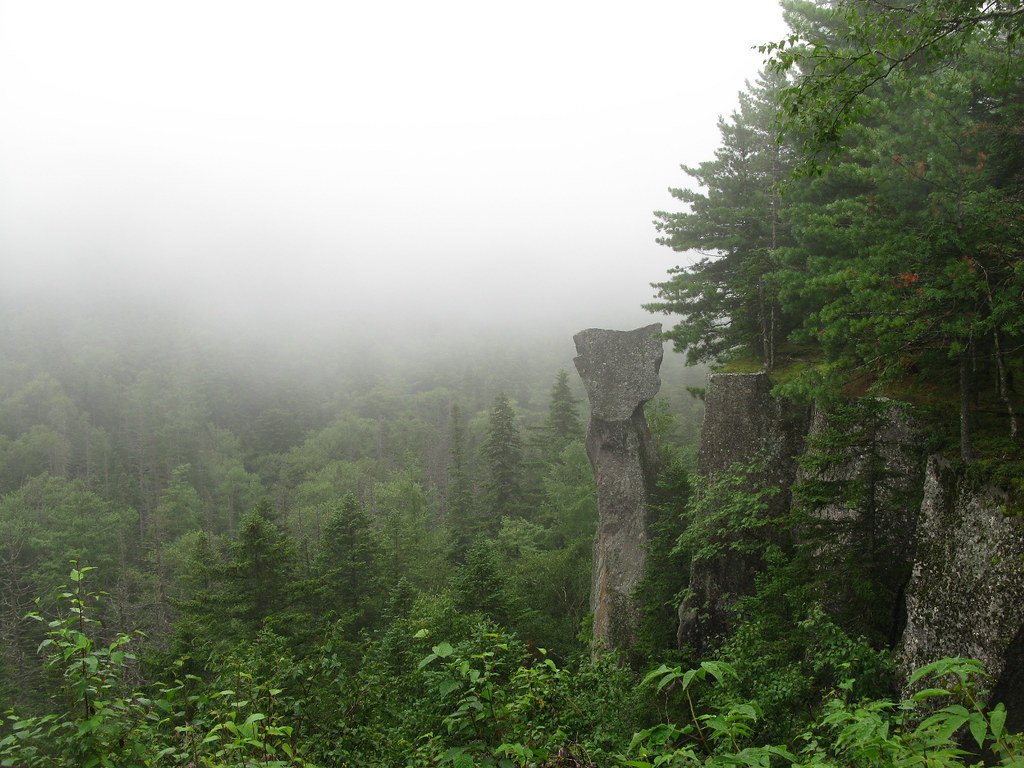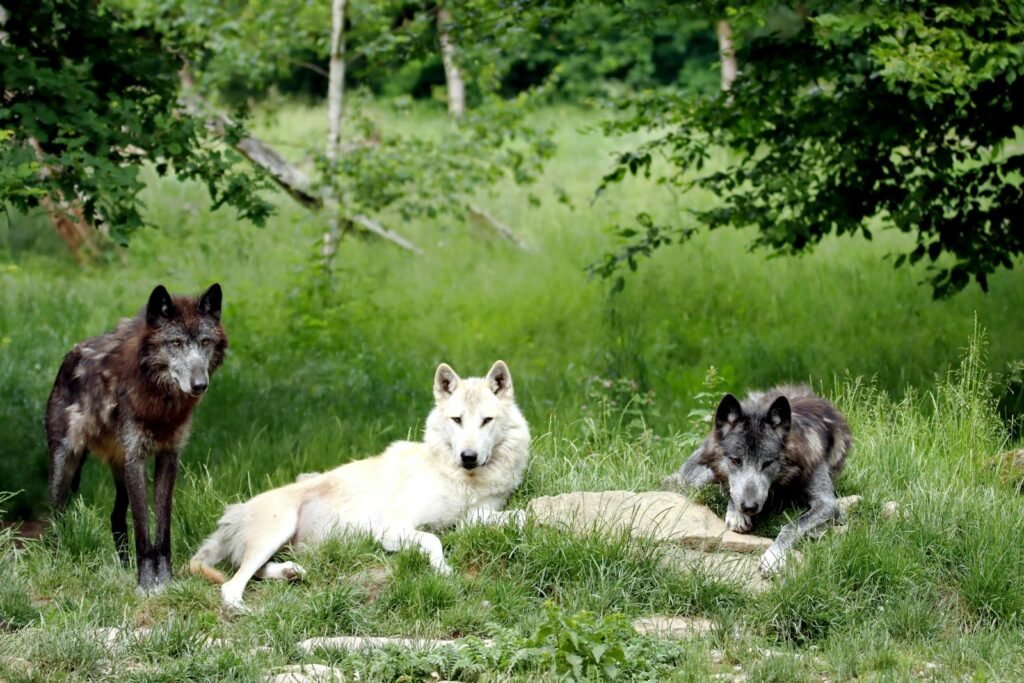Can you imagine walking across a field of dry earth, only to discover that a lush, thriving forest is hidden right beneath your feet? In Ethiopia, this isn’t a scene from a fantasy novel—it’s a living, breathing reality. The underground forests of Ethiopia reveal one of nature’s most surprising secrets: trees that survive, and even thrive, entirely below the surface. These hidden woodlands challenge everything we thought we knew about forests and resilience, offering hope and inspiration in a world plagued by deforestation and climate change.
The Mysterious World Beneath the Soil
In southern Ethiopia, a casual observer might see rolling farmland, grass, or bare earth. Yet below the surface lies a tangled network of living roots, dormant stems, and budding shoots. This is the realm of the underground forest. Here, ancient trees have adapted to grow almost entirely below ground, their canopies hidden from view and their trunks protected from harsh sunlight and grazing animals. The sight is almost magical, as if the earth itself has become a shield for these secret forests.
How Underground Forests Are Formed
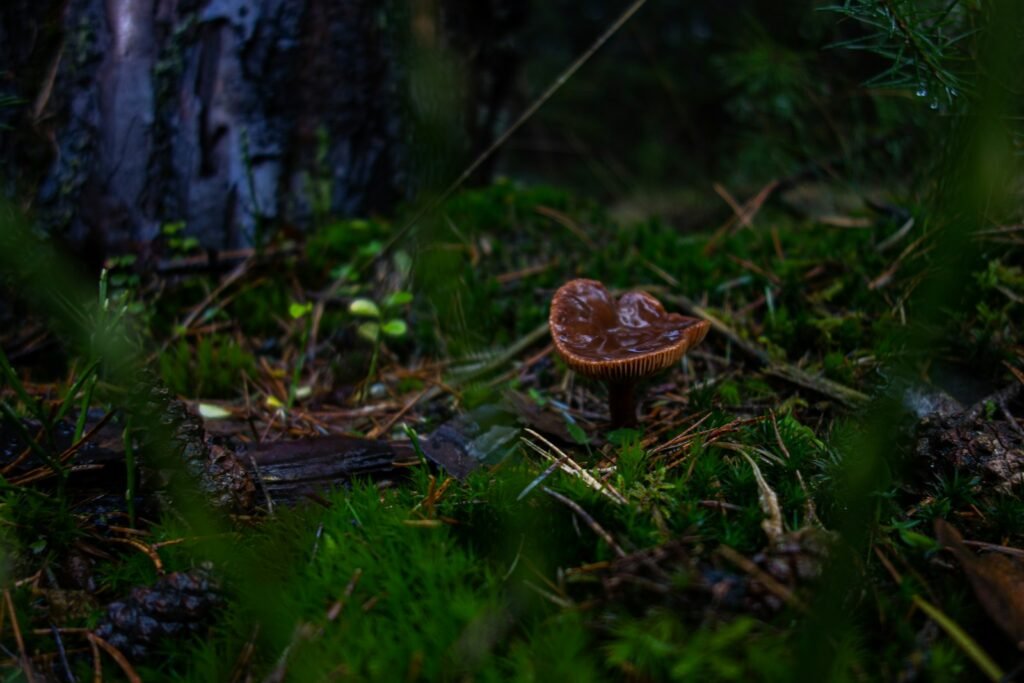
Underground forests begin as ordinary woodlands. Over time, intensive farming, grazing by livestock, and human settlement strip away the visible trees. Yet instead of dying, many trees respond by retreating underground. Their roots and underground stems—called lignotubers—hold onto life, quietly waiting for the right moment to burst forth. This adaptation has allowed these trees to survive wave after wave of environmental pressure, preserving ecosystems even when all seems lost.
The Role of Lignotubers: Nature’s Insurance Policy
The secret weapon of Ethiopia’s underground forests is the lignotuber—a woody swelling at the base of a tree, hidden beneath the soil. Lignotubers store nutrients, water, and even genetic material, acting like a survival kit for tough times. When the surface is disturbed or destroyed, the lignotuber can send up new shoots, regenerating the tree. This remarkable adaptation has helped Ethiopian forests persist through droughts, fires, and centuries of land use change.
Trees That Refuse to Die
It’s tempting to think of a chopped-down tree as dead. But in Ethiopia’s underground forests, trees are anything but defeated. Species like the African olive, acacia, and fig have evolved to regrow from their underground parts, sometimes decades after being cut. This stubborn resilience gives hope to conservationists and scientists alike, showing that even heavily degraded landscapes can harbor unexpected life.
Biodiversity Hidden Below Ground
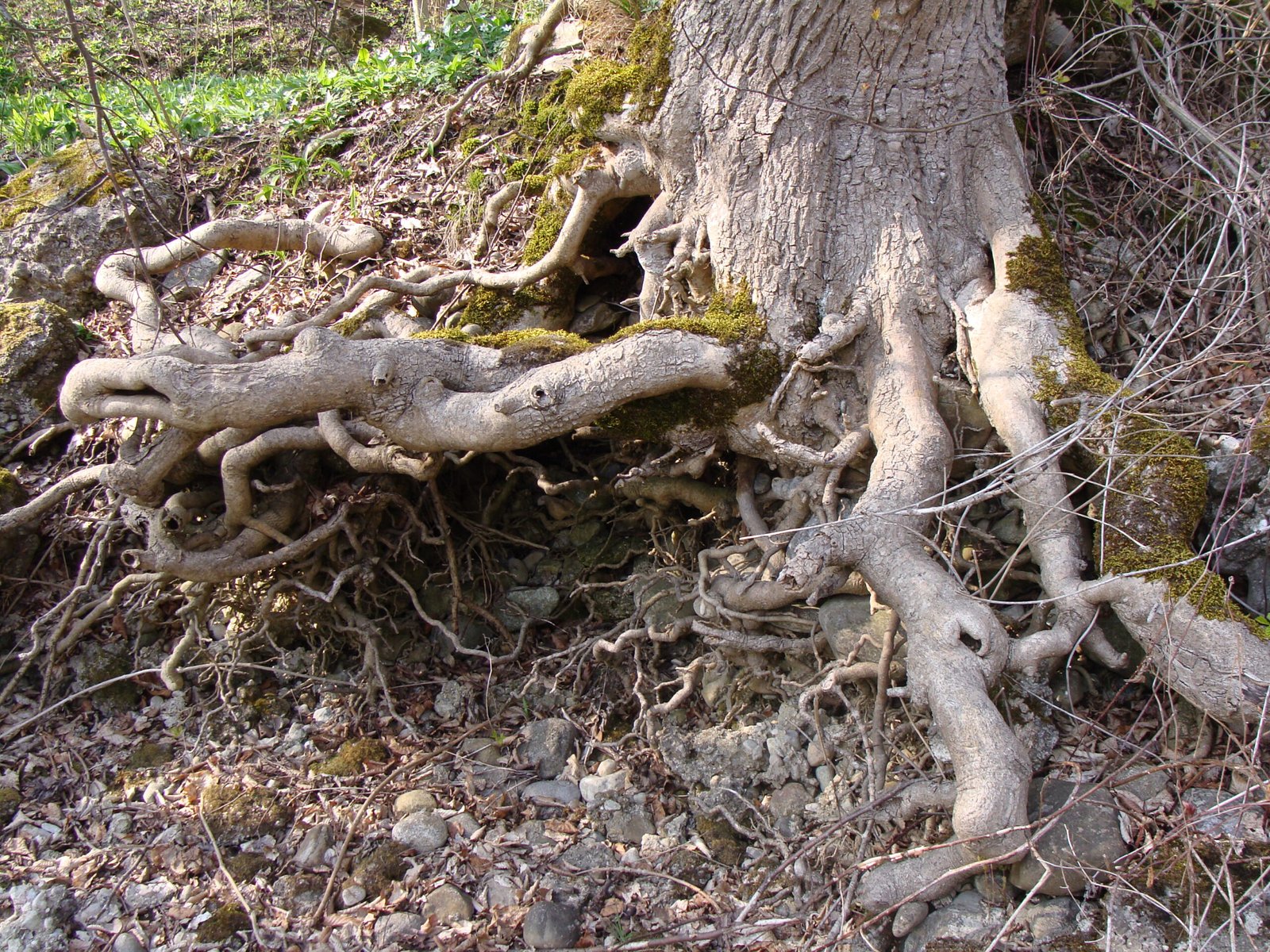
The underground forests aren’t just a haven for trees. These hidden ecosystems support a rich diversity of life. Roots and buried stems create a web of habitat for insects, fungi, and small mammals. Over time, these species form symbiotic relationships, exchanging nutrients and helping each other survive. It’s a bustling, unseen world, humming with activity just below our feet.
Traditional Knowledge and Local Wisdom
Local Ethiopian communities have long known about the underground forests, passing down knowledge through generations. Farmers and herders understand which spots will sprout shoots after rain, and which areas provide shade and forage for their animals. This relationship between people and the hidden forests is built on respect and careful observation, blending ancient wisdom with everyday survival.
The Science Behind Underground Regeneration

Researchers have been astounded by the regenerative abilities of Ethiopia’s buried forests. Scientific studies reveal that underground stems can remain dormant for years, even decades, before springing back to life when conditions improve. This makes the underground forest system incredibly resilient to drought and environmental shocks, offering a living laboratory for scientists studying adaptation and survival.
Climate Change and Drought Resistance
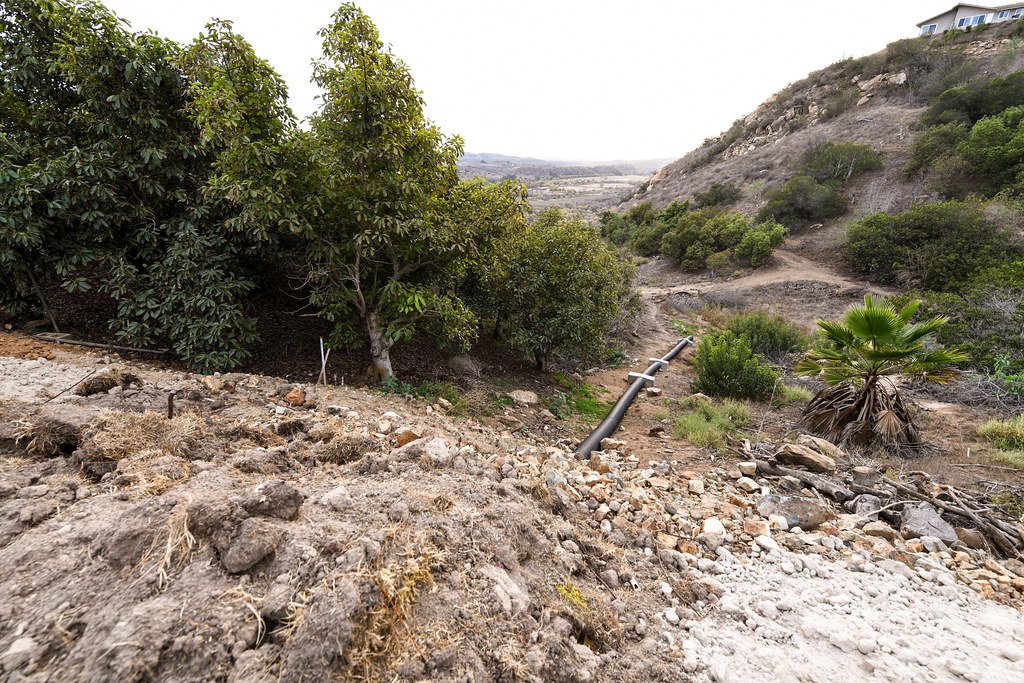
Ethiopia’s underground forests are natural survivors in a changing climate. Their ability to store water and nutrients underground helps them withstand long dry seasons and unpredictable rainfall. As climate change brings more extreme weather, these hidden forests could be a key to helping landscapes recover from drought and desertification. Their resilience is a beacon of hope in the face of global environmental challenges.
A Shield Against Erosion and Land Degradation
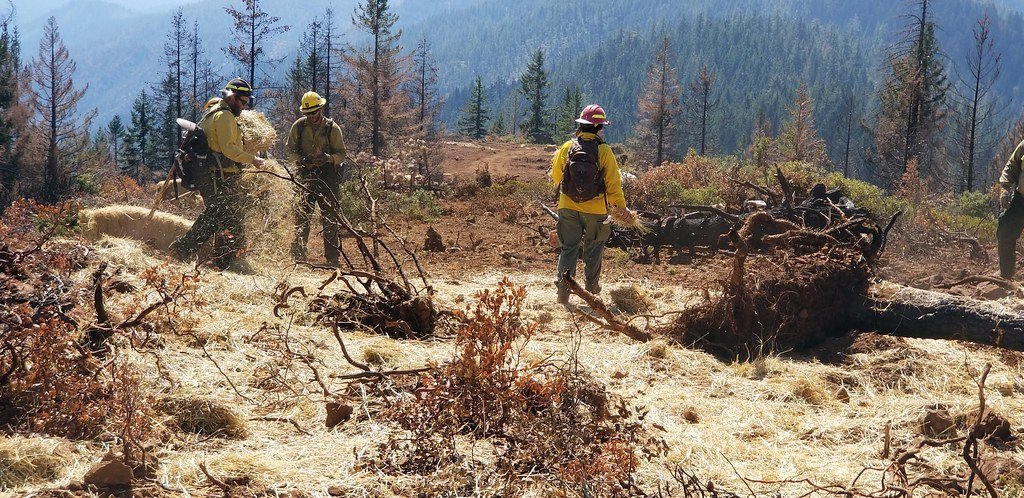
The underground root networks of these forests act as nature’s armor, binding the soil together and preventing erosion. In areas where surface vegetation has been stripped away, these roots hold onto the earth, reducing the risk of landslides and soil loss. This makes underground forests not just survivors, but protectors of the land itself.
Secret Springs: Water in the Underground Forest
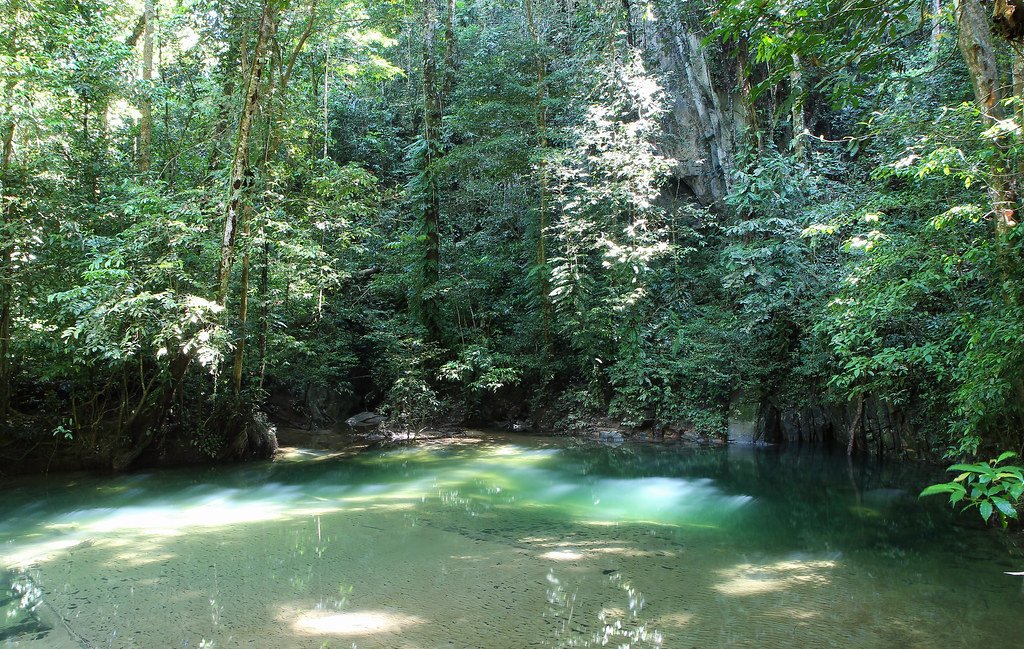
Underground forests play a vital role in Ethiopia’s water cycle. Their deep roots help draw water from underground springs, bringing life to the surface during dry spells. These hidden woodlands act like a sponge, soaking up rainwater and slowly releasing it back into the ecosystem. This quiet work supports crops, livestock, and entire communities, even when rivers run dry.
Unexpected Food Sources and Livelihoods

The underground forests aren’t just ecological wonders—they’re also vital to people’s livelihoods. Many of the trees that grow underground produce edible fruits, nuts, and leaves, which can be harvested without damaging the plant. Underground shoots are sometimes dug up and eaten, especially during times of scarcity. This hidden bounty is a lifeline for rural families facing food insecurity.
Wildlife Sanctuaries Below Ground
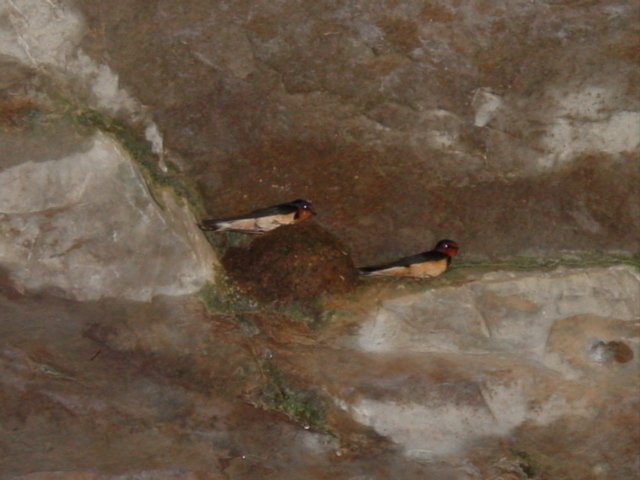
For many animals, the underground forests are a secret refuge. Small mammals burrow among the roots, birds nest in hidden hollows, and insects thrive in the cool, dark soil. These habitats are especially important during droughts or fires, when above-ground shelter is scarce. The forests offer a safe haven, ensuring that biodiversity survives even in the harshest times.
Threats Facing Ethiopia’s Hidden Woodlands
Despite their resilience, underground forests are not invincible. Overgrazing, intensive agriculture, and expanding settlements continue to erode these ecosystems. Climate change adds new pressures, making it harder for trees to regenerate. Without careful management, these hidden forests could slip away, taking their secrets with them.
Community-Based Conservation Efforts

Thankfully, hope is not lost. Across Ethiopia, local communities are working to protect and restore underground forests. By combining traditional knowledge with new conservation techniques, they’re helping these hidden woodlands recover. Grassroots initiatives encourage sustainable grazing, tree planting, and the protection of vital underground root zones.
Lessons for the World: Nature’s Resilience
The underground forests of Ethiopia offer powerful lessons for the rest of the world. They show that nature can endure, adapt, and recover—even when all seems lost. Their quiet strength reminds us that hope can be found in unexpected places, and that even the most degraded landscapes may hold the seeds of renewal hidden out of sight.
Modern Science Meets Ancient Wisdom
Researchers are now working hand-in-hand with Ethiopian communities to unlock the secrets of the underground forests. By mapping root systems, studying soil chemistry, and tracking regeneration, scientists are discovering how these ecosystems work. This collaboration blends cutting-edge research with local knowledge, creating new strategies for restoration and resilience.
Could Underground Forests Help Combat Global Deforestation?
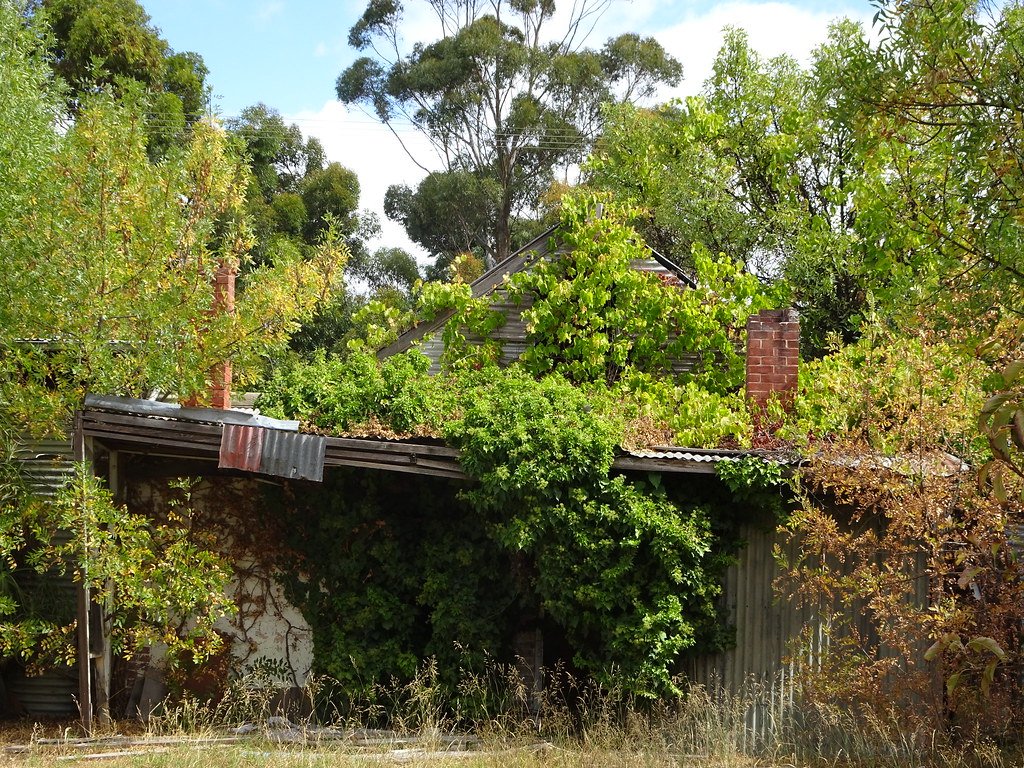
The world is losing forests at an alarming rate, but Ethiopia’s hidden woodlands offer a new way forward. Their ability to regenerate from underground could inspire reforestation projects in other degraded regions. By protecting root systems and encouraging regrowth, it might be possible to restore forests faster and more naturally than ever before.
A Vision for the Future: Hidden Forests Revealed
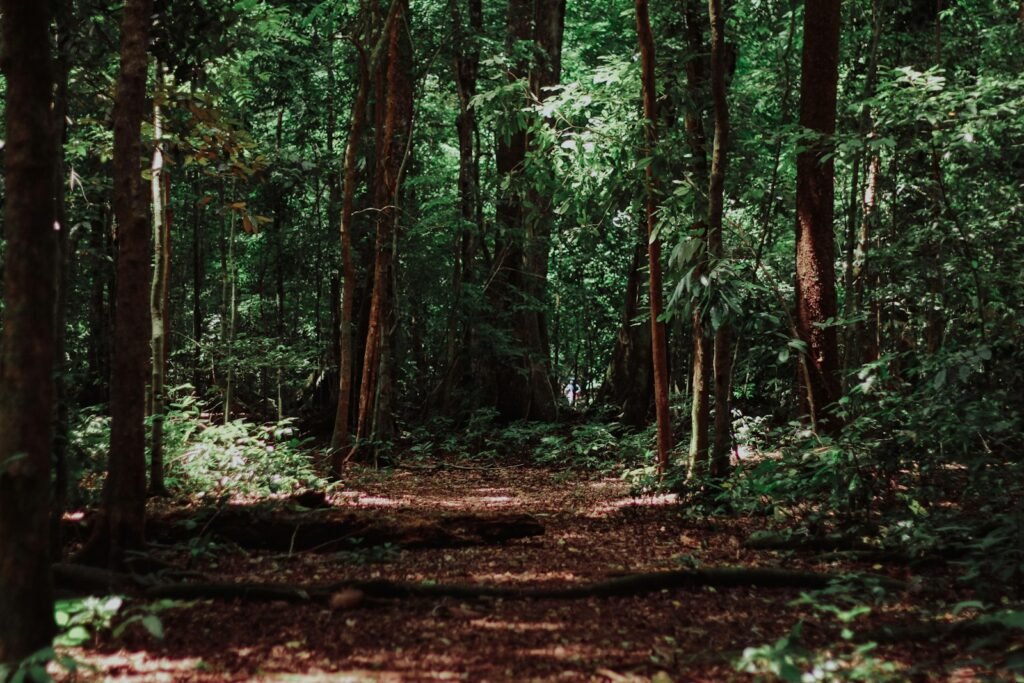
Imagine a future where barren landscapes heal themselves, and where trees spring up unexpectedly from the earth below. In Ethiopia, this is already happening. The underground forests are a living testament to nature’s creativity and endurance. With care and attention, these secret woodlands could inspire a new era of restoration and hope around the world.
What Lies Beneath: The Power of Hidden Life
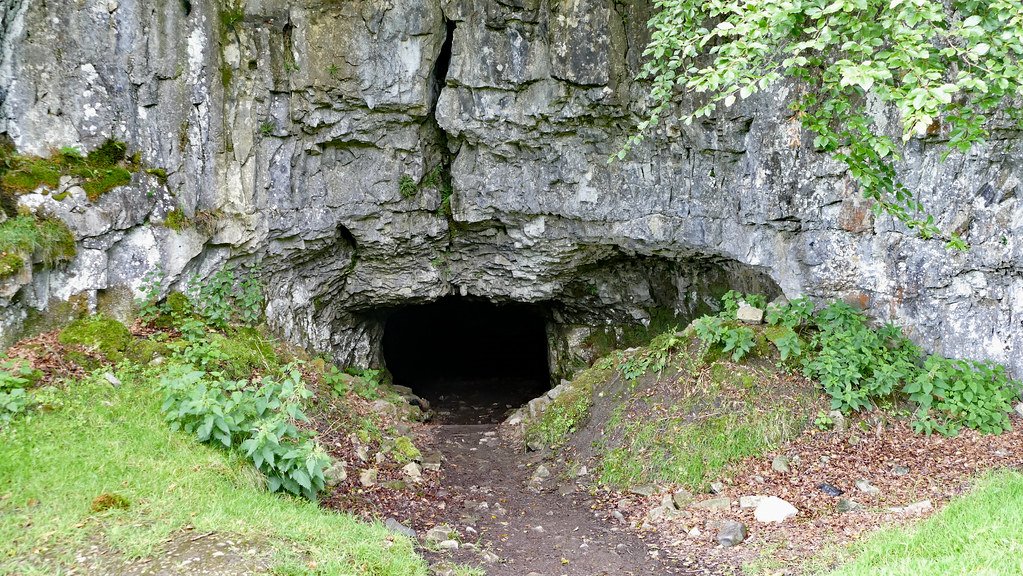
The story of Ethiopia’s underground forests is a reminder that true resilience often lies beneath the surface—out of sight, but never out of reach. These woodlands are proof that even when the world above seems barren, life can endure and flourish below. Isn’t it astonishing to think of the forests we might never see, quietly waiting for their moment to rise again?

